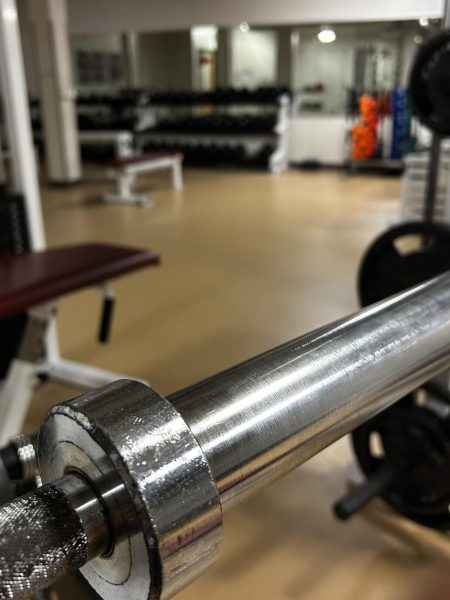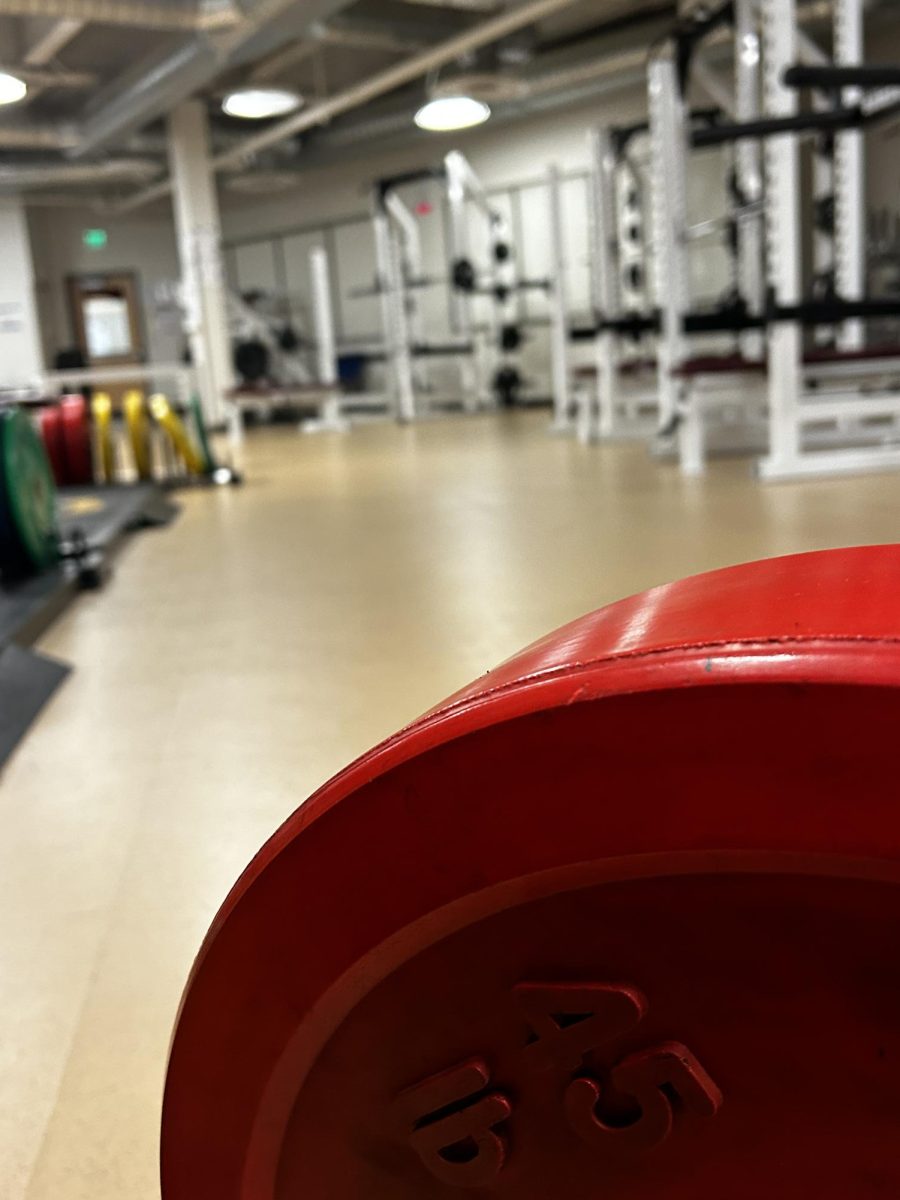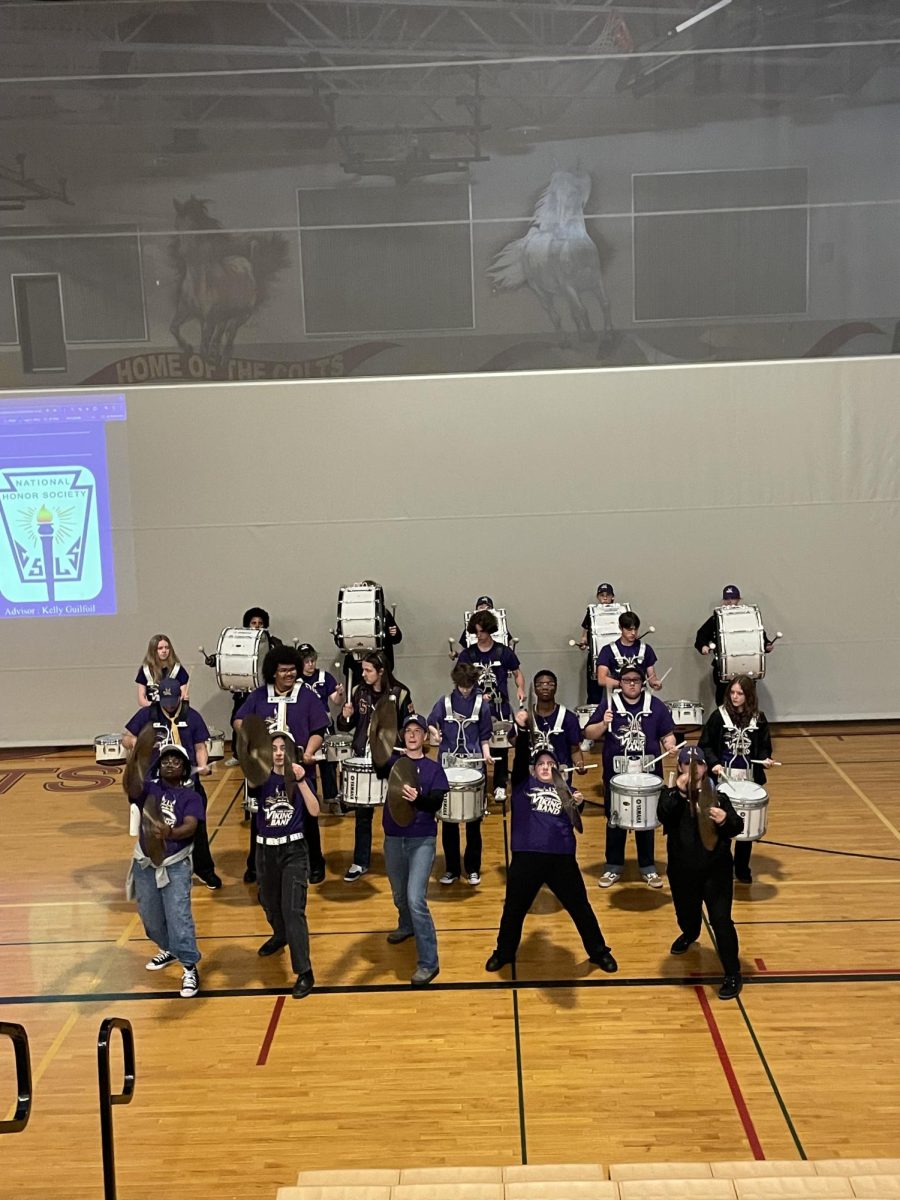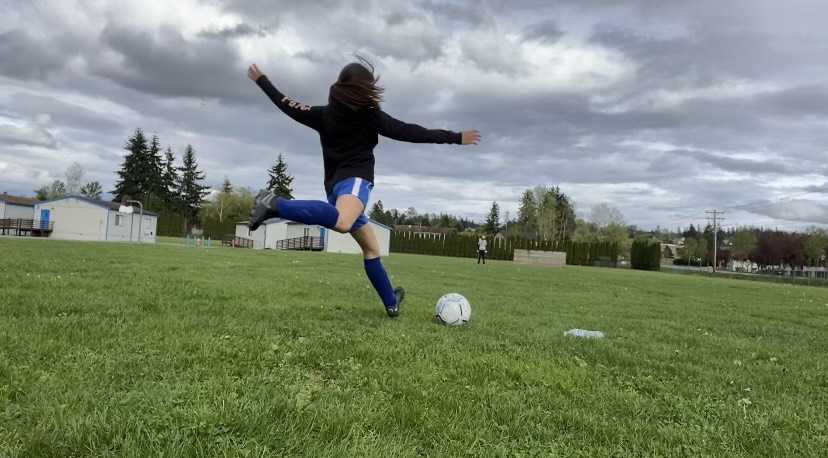The clink-clink of weights, the strained exhales of final reps, and encouragement from spotters and friends fill your ears when you enter a school weight room. These students are here for a variety of reasons, but all to reap the benefits. So, we will be delving into Weight Training as a class and its effects on student-athletes, as well as why you must follow safety guidelines.
For teens, weight training has many benefits, like improved mental health and better performance in sports. But even though these are great, they can have drawbacks, mostly because of the general lack of supervision in school weight rooms. Unfortunately, the stereotype of teenagers thinking they’re indestructible is often true. Without proper guidance, students can take unnecessary risks – attempting to lift excessive weight or quickly lifting without good form And thus injuring themselves and hindering those benefits by making recovery and rehabilitation necessary.
“The student-to-instructor ratio should be no more than 10 to 1,” Says Dr. Kelly Davis, a PSM physician, in an article for CHOC hospitals. She puts supervision at the top of her list of instructional guidelines for adolescents in weight training. Classes of at least 20 kids with one teacher could easily have some problems.
The need for good class management and general safety isn’t the only reason teachers are so crucial in the context of weight training. Primarily, this importance comes from expertise. A weight training teacher has the experience needed to correct form to avoid injury. Technique is one of those things that many overlook, but when it comes down to it, technique is one, if not the most, important aspect of weight training. No matter how much weight or how many times you perform a lift, you won’t be achieving your goal if your form is wrong, because, A: you’re not targeting the muscle groups the lift is designed for, or B: you’re straining muscles and ligaments.

As a result of this, you may think that there’s a lot about weight training that is entirely out of your control. Which is incorrect. If you educate yourself, listen to your body, and do separate cardiovascular and polytechnic exercises paired with simple stretching, you will have a much lower risk of injury, allowing you to reap the many benefits.
All that negativity notwithstanding, weight training has so many positive effects. Specifically, one of our favorites is visible muscles! Although not all muscle gain is visible when it is, it’s awe-inspiring and helps people improve their body image.
On the other hand, many would say that the biggest reason why students take weight training isn’t to impress others, it’s for the team. Student-athletes
are no rare breed in any school, and it is no secret that to shine, players must put in the extra work. For many, weight training is a part of that regimen.
As mentioned previously, one of the biggest advantages of weight training is improving athletic performance. Weight and plyometrics training are both ways to develop muscle and target fast and slow twitch muscle reactions, but slow twitch is less flashy but equally important to develop.
Another key fact is that weight training improves mental health by releasing endorphins that make you happy. Lifting also creates a sense of empowerment and confidence in one’s own abilities. Thus weight training is so popular and effective among student-athletes and teens in general. The moody teen is usually one that is under a lot of academic and social pressure, meaning empowerment and happy thoughts are such positive motivations. As in Peter Pan, “Happy thoughts can make you fly”.
Overall, we have to conclude that weight training is helpful to teenagers/student-athletes/students in general. Although everyone should be careful and take the proper precautions, it has an abundance of positive effects. And of course, the impressive Cavelero weight room is always a fun place to be.













